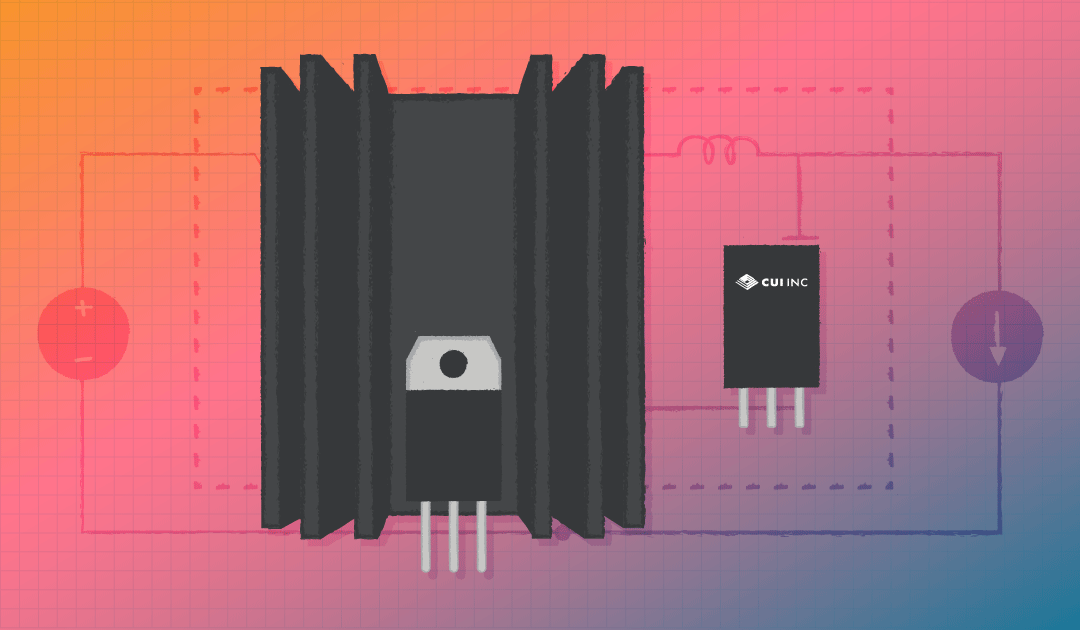Image Source: Google
In the world of electronics, efficiency is key. Whether you're designing a simple battery-powered device or a complex system, the need for power management is always present. Linear regulators are one of the most common tools used to regulate and stabilize voltage in electronic circuits. In this article, we will explore the power of linear regulators and how they can unlock efficiency in your everyday electronics.
The Basics of Linear Regulators
Linear regulators are electronic devices that regulate the output voltage by dissipating excess power as heat. They are widely used in electronic devices to provide a stable output voltage regardless of changes in input voltage or load conditions. There are two main types of linear regulators:
1. Series Regulators
- Consist of a series pass element, which acts as a variable resistor to maintain a constant output voltage.
- Simple design and low cost make them popular for basic voltage regulation applications.
- Efficiency decreases as the voltage drop across the regulator increases.
2. Shunt Regulators
- Operate by shunting excess current to ground to maintain a constant output voltage.
- Commonly used in low-power applications or as voltage references.
- Efficiency is generally lower than series regulators due to the constant power dissipation.
The Power of Efficiency in Electronics
Efficiency is a critical factor in electronic design, impacting factors such as battery life, heat dissipation, and overall performance. Linear regulators play a crucial role in improving efficiency by providing stable voltage regulation and minimizing power loss. Here are some key benefits of using linear regulators to unlock efficiency in your electronics:
1. Voltage Regulation
- Linear regulators ensure a stable output voltage, preventing fluctuations that can damage sensitive components.
- Accurate voltage regulation is essential for the reliable operation of electronic devices.
2. Power Savings
- Efficient voltage regulation minimizes power loss, extending battery life in portable devices.
- Reduced power consumption also leads to lower operating costs and environmental impact.
3. Heat Dissipation
- Linear regulators dissipate excess power as heat, which can be a challenge in high-power applications.
- Efficient heat dissipation is essential to prevent overheating and ensure the longevity of electronic components.
Applications of Linear Regulators
Linear regulators are versatile devices that find applications in a wide range of electronic systems. From consumer electronics to industrial machinery, the power of linear regulators can be seen in various applications:
1. Consumer Electronics
- Mobile phones, laptops, and tablets rely on linear regulators for voltage regulation and power management.
- Efficient power management ensures optimal performance and longer battery life in consumer devices.
2. Automotive Systems
- Linear regulators are used in automotive electronics to regulate voltage for sensors, actuators, and control systems.
- Reliable voltage regulation is crucial for the safe and efficient operation of vehicles.
3. Industrial Control Systems
- Industrial machinery and automation systems use linear regulators to maintain stable voltage levels for precision control.
- Efficient power management improves reliability and performance in industrial applications.
Conclusion
Linear regulators are powerful tools that play a crucial role in maintaining efficiency and reliability in electronic systems. By providing stable voltage regulation and minimizing power loss, linear regulators help unlock the full potential of your everyday electronics. Whether you're designing a simple circuit or a complex system, incorporating linear regulators can make a significant impact on performance and energy efficiency.
